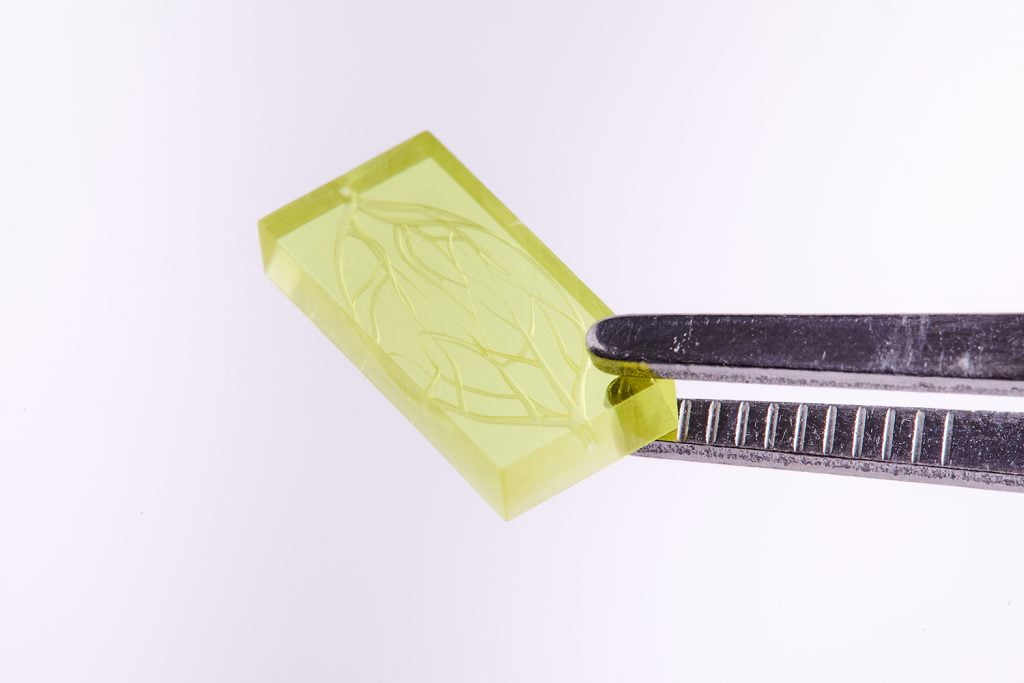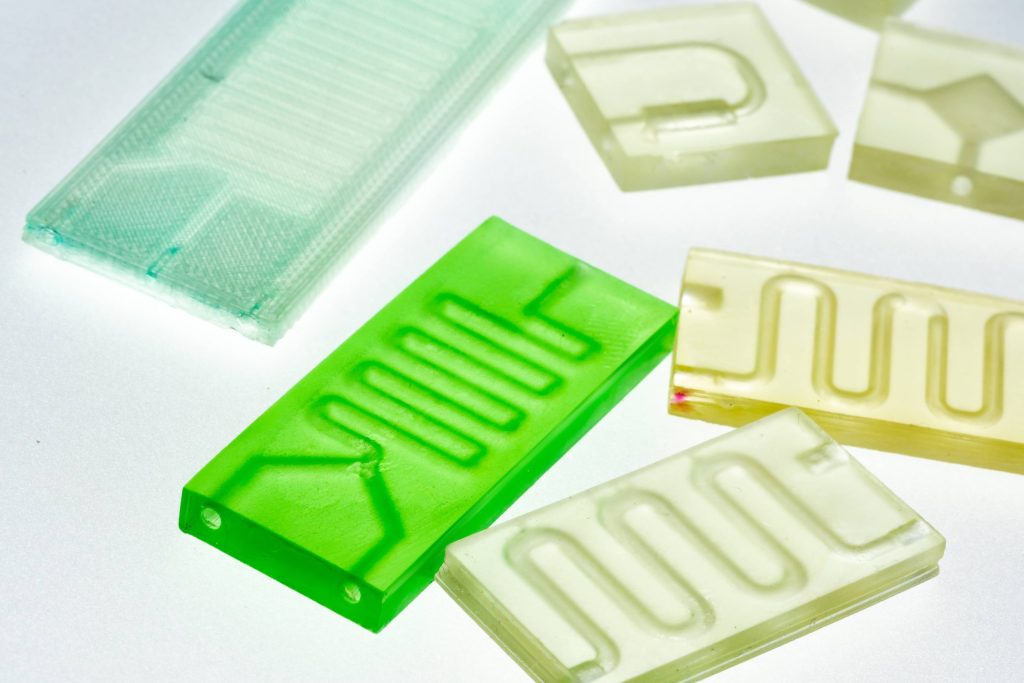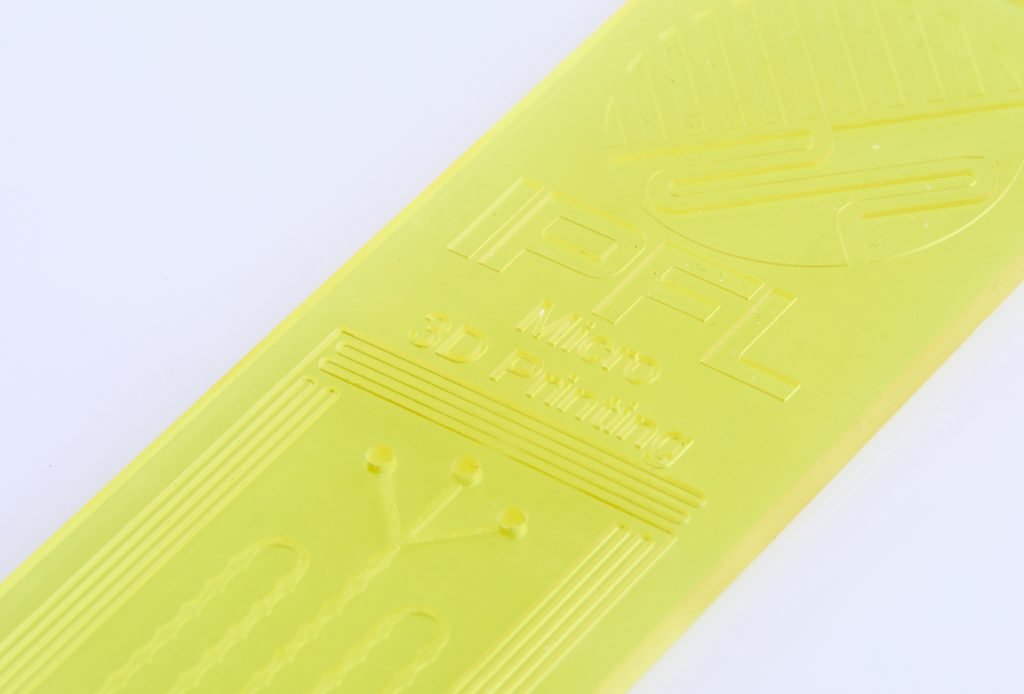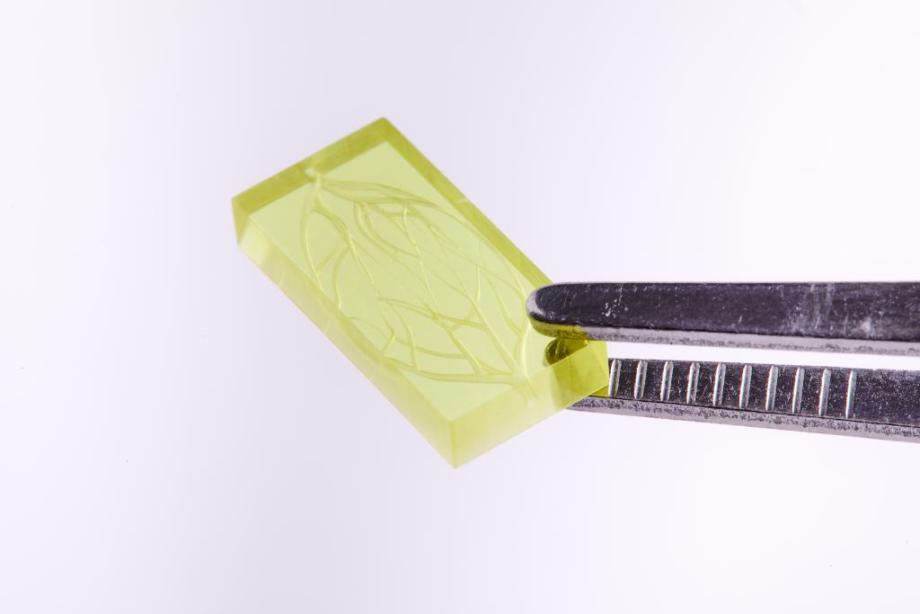The world of 3D printing is constantly evolving, with new technologies and techniques being developed to enhance speed, accuracy, and quality of the final printed products. One such innovation that has been gaining traction in recent years is the integration of microfluidics into 3D printing technology. In this article, we'll explore what microfluidics is and how it has revolutionized the 3D printing landscape.

What are Microfluidics?
Microfluidics refers to the study and manipulation of small amounts of fluids, usually in the range of microliters or nanoliters, through tiny channels and reservoirs. In 3D printing, microfluidics is used to create complex, multi-material prints with precision, speed, and accuracy. Intricate and customisable medical manifolds, can be miniaturised, enabling groundbreaking advancements in diagnostics, healthcare delivery, and scientific research.

The Benefits of Microfluidics in 3D Printing
- Speed: Traditional 3D printing methods often require multiple steps, such as pre-printing, support material removal, and post-processing. Microfluidic 3D printing eliminates these steps, as the materials are automatically dispensed and integrated into the final product during the printing process. This leads to significant time savings, with many microfluidic 3D printers able to produce high-quality prints in a fraction of the time of traditional methods.
- Rapid Design Iteration Testing: The fast production of multiple design iterations, enabling quick, real-time improvements.
- Quality: Microfluidics allows for precise control over the flow and distribution of materials, leading to higher quality prints with finer details and smoother surface finishes. Additionally, the ability to print with multiple materials in a single print, such as stiff and flexible materials, opens up new avenues for creating more complex and functional products.
- Cost: By reducing the number of steps required in the printing process, microfluidics also helps to reduce the cost of 3D printing. Furthermore, the speed and quality benefits of microfluidic 3D printing can lead to increased efficiency and productivity, which can also have a positive impact on the bottom line.
 BMF's PµSL Technology at IPFL
BMF's PµSL Technology at IPFL
PµSL, or Projection Micro-Stereolithography, is a technology developed by Boston Micro Fabrication (BMF). It employs a photopolymerization process that uses light to cure a photosensitive resin, creating highly detailed parts at a 10µm x/y resolution.
PµSL takes the capabilities of microfluidics and manifolds to a whole new level by producing intricately detailed, high-precision parts swiftly and efficiently.
PµSL Technology improves speed and quality in 3D Printing is a question worth asking. By leveraging PµSL, you can create highly precise, complex geometries in less time, thus boosting the speed of design iteration testing and the quality of 3D printed items.
With this 3D printing technology and IPFL's expertise, we can engineer microfluidic devices with unmatched precision, optimising fluid flow and enhancing medical research, diagnostics, and treatments.

Microfluidics in 3D printing represents a major step forward in the evolution of this technology. With its ability to increase speed, quality, and efficiency, it's no wonder that many industry experts believe that microfluidics will become the norm in 3D printing in the near future.
Find out more about micro 3d printing



